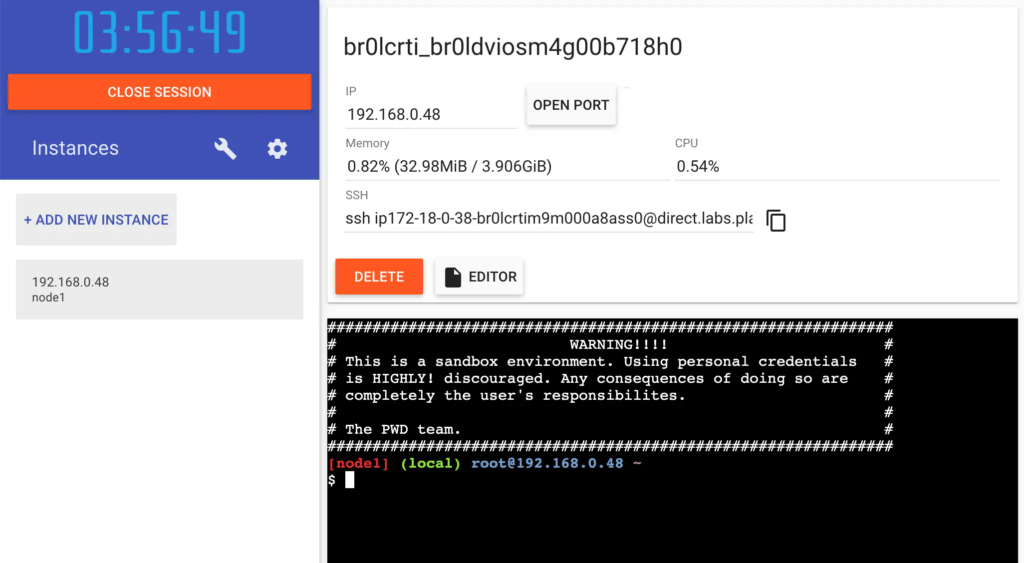Docker Hub, you can drop the `tagname` part, as you didn't add a tag to the
image name. If you don't specify a tag, Docker uses a tag called `latest`.
```console
$ docker push YOUR-USER-NAME/getting-started
```
## Run the image on a new instance
Now that your image has been built and pushed into a registry, try running your app on a brand
new instance that has never seen this container image. To do this, you will use Play with Docker.
> [!NOTE]
>
> Play with Docker uses the amd64 platform. If you are using an ARM based Mac with Apple silicon, you will need to rebuild the image to be compatible with Play with Docker and push the new image to your repository.
>
> To build an image for the amd64 platform, use the `--platform` flag.
> ```console
> $ docker build --platform linux/amd64 -t YOUR-USER-NAME/getting-started .
> ```
>
> Docker buildx also supports building multi-platform images. To learn more, see [Multi-platform images](/manuals/build/building/multi-platform.md).
1. Open your browser to [Play with Docker](https://labs.play-with-docker.com/).
2. Select **Login** and then select **docker** from the drop-down list.
3. Sign in with your Docker Hub account and then select **Start**.
4. Select the **ADD NEW INSTANCE** option on the left side bar. If you don't see it, make your browser a little wider. After a few seconds, a terminal window opens in your browser.
